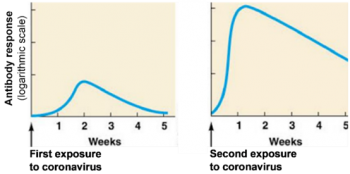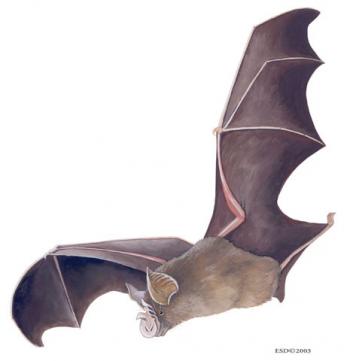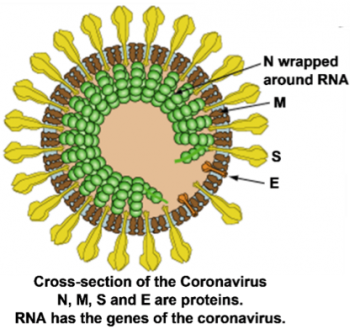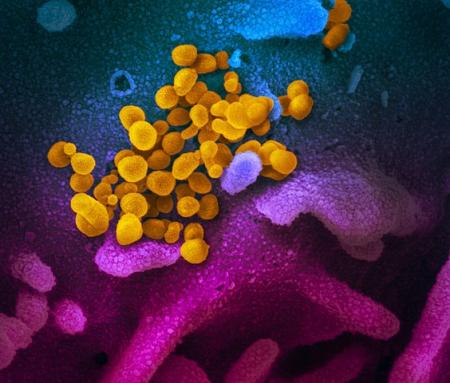Serendip is an independent site partnering with faculty at multiple colleges and universities around the world. Happy exploring!
Coronavirus Teaching
These learning activities introduce students to the biology of the novel coronavirus, including coronavirus replication, immune system responses to coronavirus infection, how mutations and natural selection work together to produce spillover infections like COVID-19, and the scientific research basis for public health recommendations to reduce the spread of coronavirus.




 Our understanding of the novel coronavirus and the COVID-19 pandemic continues to change rapidly. The following resources for teaching high school biology students are up-to-date as of November 2022. Previously provided resources are available at (
Our understanding of the novel coronavirus and the COVID-19 pandemic continues to change rapidly. The following resources for teaching high school biology students are up-to-date as of November 2022. Previously provided resources are available at (








